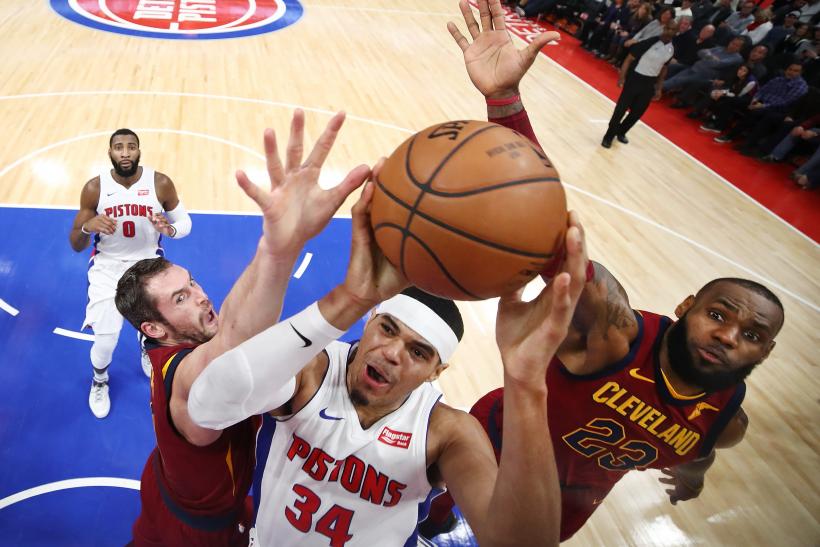Objective
Apply Machine learning to a dataset to make inferences about a basketball team’s likelihood of making it to the final four.
Scenario
The coaches for a college basketball team have asked the Data Scientist to look at historical data to see which team metrics, individually or combined, makes them more likely to make it into the final four.
For example:
- If a team is more efficient defensively does this have a direct relationship to their ability to get into the Final Four?
- How does defensive efficiency contribute to overall wins?
Something to keep in mind is that when trying to predict results of basketball tournaments there are many variables that need to be taken into account. As a result, creating accurate models is incredibly hard. In the sports betting industry an accuracy rate of anything over 55% is considered good as it indicates profits. The challenge is to deduce whether there is a combination of metrics that gives a team a higher chance of making it into this tournament.
The following algorithms are to used to build the models:
- k-Nearest Neighbour
- Decision Tree
- Support Vector Machine
- Logistic Regression
The results are reported as the accuracy of each classifier, using the following metrics when applicable:
- Jaccard index
- F1-score
- Accuracy
- Log Loss
Review Criteria
The project is considered successful if the following requirements are met:
- Build a KNN model using a value of k equals five, find the accuracy on the validation data
- Determine the accuracy for the first 15 values of k the on the validation data:.
- Determine the minimum value for the parameter that improves results on validation data.
- Building model using Support Vector Machine.
- Train a logistic regression model and determine the accuracy of the validation data (set C=0.01)
- Calculate the F1 score and Jaccard Similarity score for each model from above.
- Use the Hyperparameter that performed best on the validation data
Accuracy Scores Observed in Model
This project is considered successful as the accuracy scores observed below exceed 55%, the baseline.

